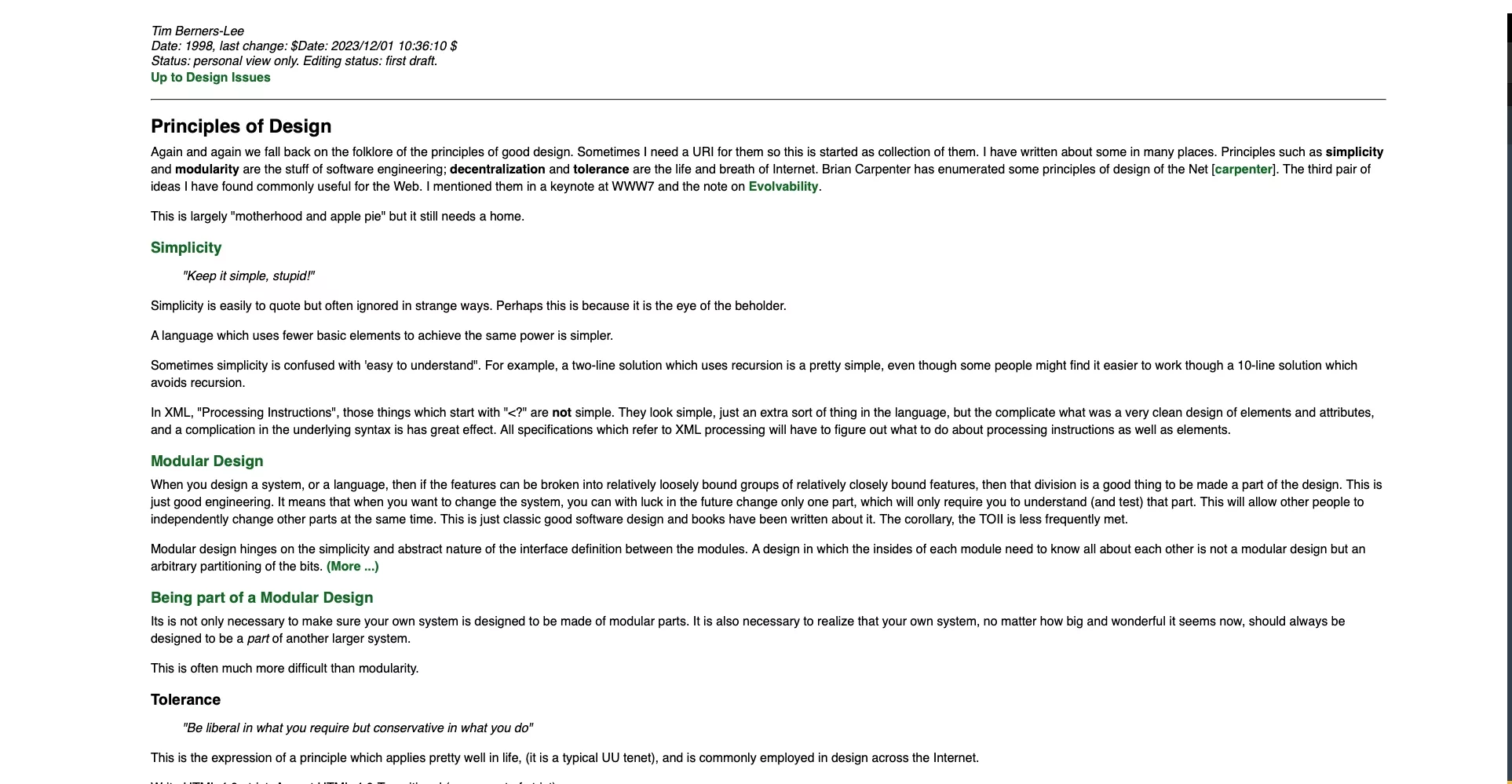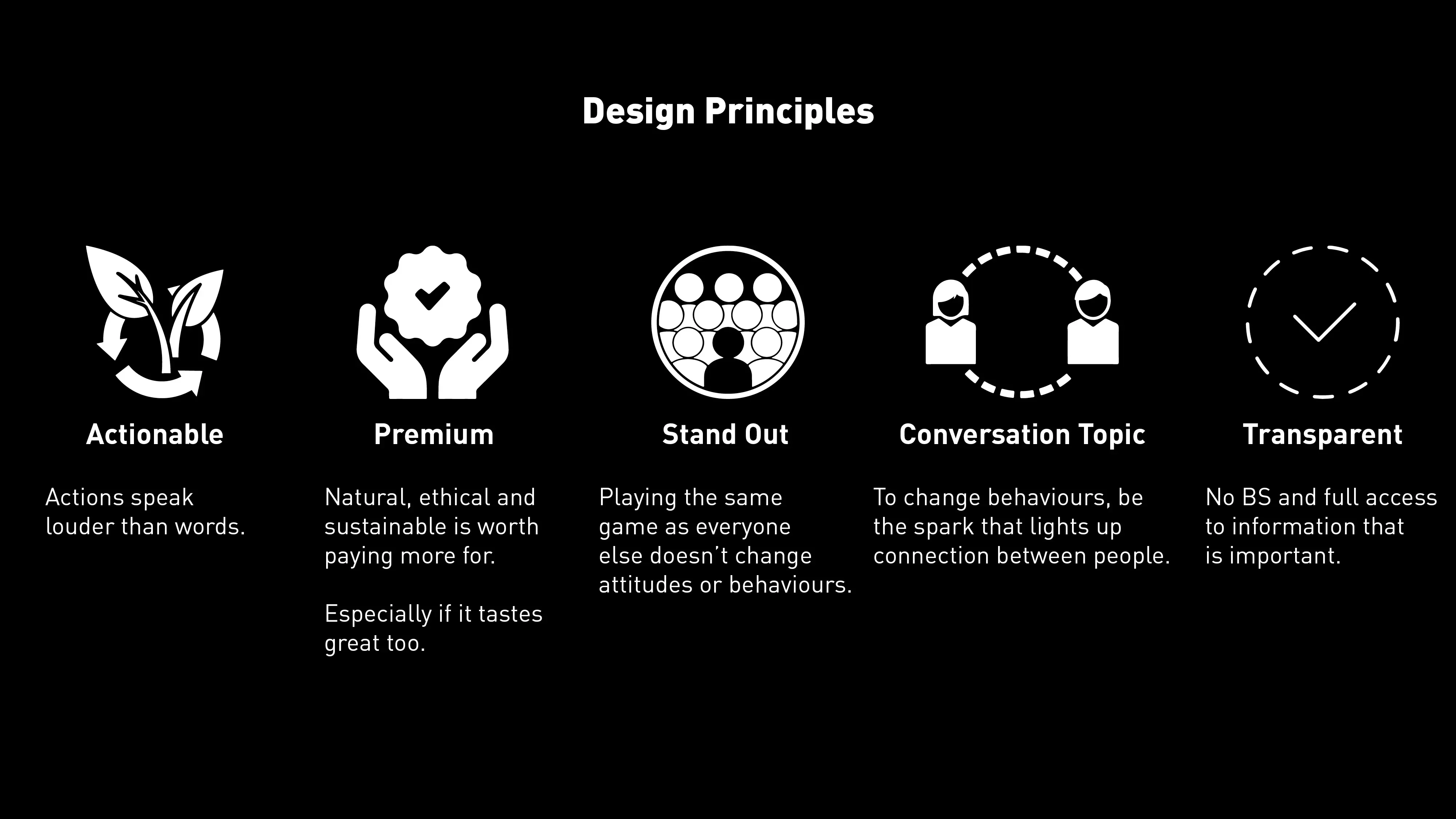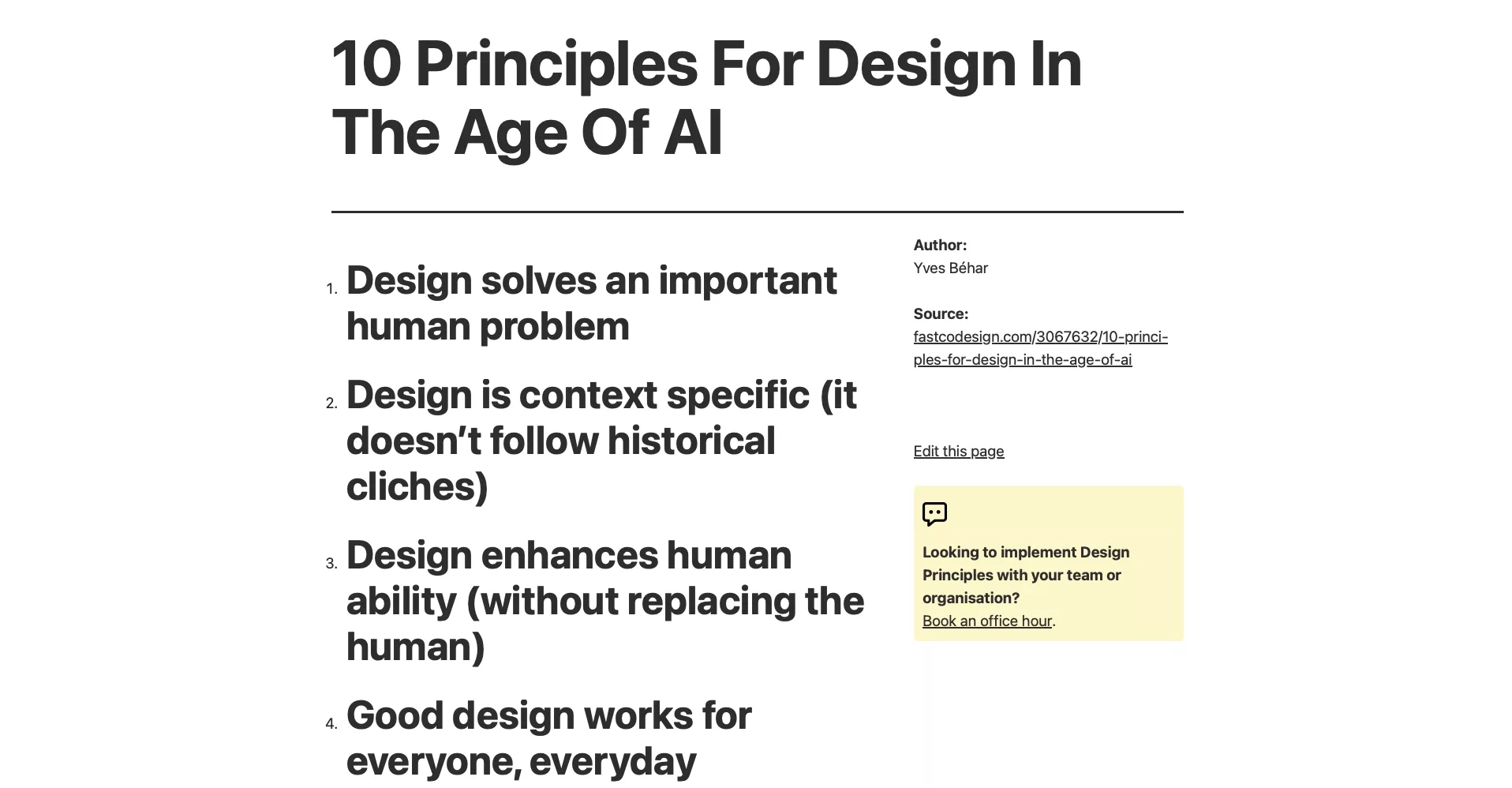How to create Design Principles
A four step process for writing design principles.
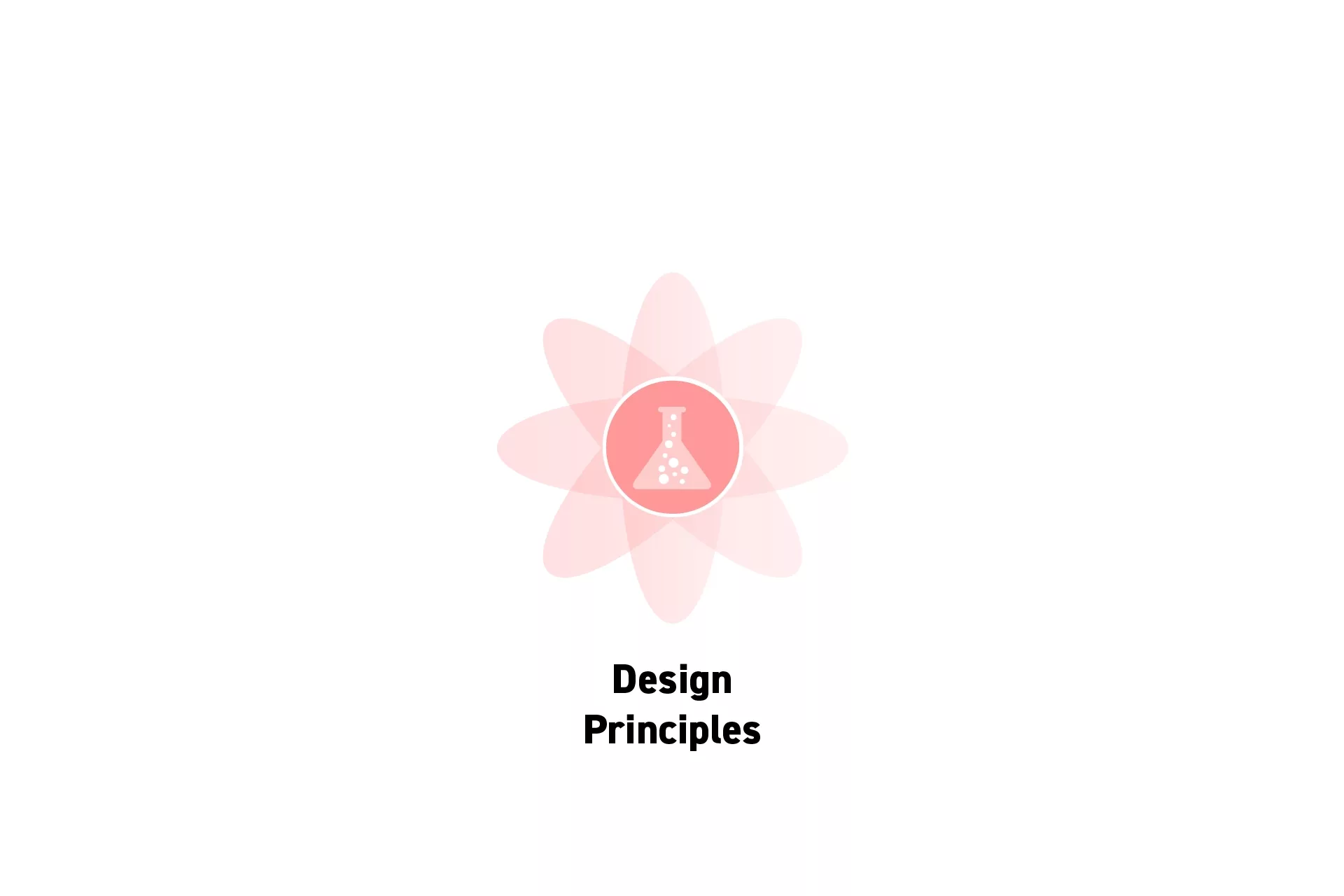
A four step process for writing design principles.
SubscribeWhat are Design Principles?Design Principles is a design thinking and design research methodology whose outcome are a set of statements that keep companies, individuals and teams on track as they traverse the non-linear creative path that sees them create a product, service or experience.
These intentional statements are a product of research synthesis created from insights from user research which serve as a consistent reminder for companies, individuals and teams of whom they are creating for and the problems, pain points, needs and desires of their target audience with the purpose of enhancing their chances of producing value and a return on investment.
Examples of Design Principles
Please consult Ben Brignell's principles.design website for more examples of design principles from companies and individuals ranging from the father of the internet to AirBnB.
How to create Design Principles
If you have already carried out user research and synthesized the research into insights, jump to Step Four.
Step One: Write a Hypothesis
Before you can write design principles, you must define the problem that you are trying to solve or the idea that you want to validate.
Please note that this hypothesis could relate to an existing feature, product, service or experience and could pertain to an entirely new creation or an addition to an existing creation.
Step Two: Define the target audience
Design Principles are meant to be statements that guide a company or an individual as they generate and develop a creative solutions for a target audience.
In order to know who to create for, you must define your target audience.
Step Three: Carry out the Research
Perform user research, desk research and carry out interviews and remember to record your findings in ways that can be synthesized into products that augment your ability to generate meaningful solutions for your target audience.
To learn more about the products that could arise from synthesizing your research consult the link below.
Step Four: Write the Design Principles
Consult the insights and products of research synthesis and write 5-10 statements to help keep the product, service or experience on track as you traverse the creative process.
The 5-10 statements (i.e. design principles) should serve as points of reflection to remind you of the problem, pain point, need or motivation of the target audience.
To learn how to write effective design principles consult the Nielsen Norman Group's post linked below.
- Take a stand on which value is important: Each principle should be clear on what value it advocates and why. If the principle is ambiguous about what it recommends, then it could be interpreted differently. It can be helpful if a value is explicitly called out over another regularly conflicting value to make the desired choice more obvious.
- Inspire empathy: A design principle should mention why that value is important to users. By doing so it helps designers keep users at the heart of their design decisions.
- Be concise: Design principles are not meant to be an essay. Keep it short and to the point, to ensure they’re easily understood, referenced, and remembered.
- Be memorable: If you have content specialists in your organization, it’s worth getting their input in drafting principles to make them memorable (as well as concise). Additionally, you shouldn’t have too many. For example, having 10 or more leads to many being forgotten; reading and understanding them again each time they are needed consumes too much time.
- Not conflict with one another: Each principle should be dedicated to one value only. However, be careful that your principles don’t conflict. For example, if there was a principle about consistency and another one about adaptability, then it would be difficult to understand how these values should be prioritized against one another when faced with a design decision that requires sacrificing one for the other. If both are important, but in different contexts, then clearly specify in which contexts one of these principles is more important than the other.
Learn about different design thinking products and methodologies
We recommend that you consult our Methods for Synthesizing User Research article linked below to learn about design thinking products that could come out of the research that you have conducted.
These products are created using popular design research methodologies which are intended to help you and your organization innovate effectively.
Always remember, the work is never done
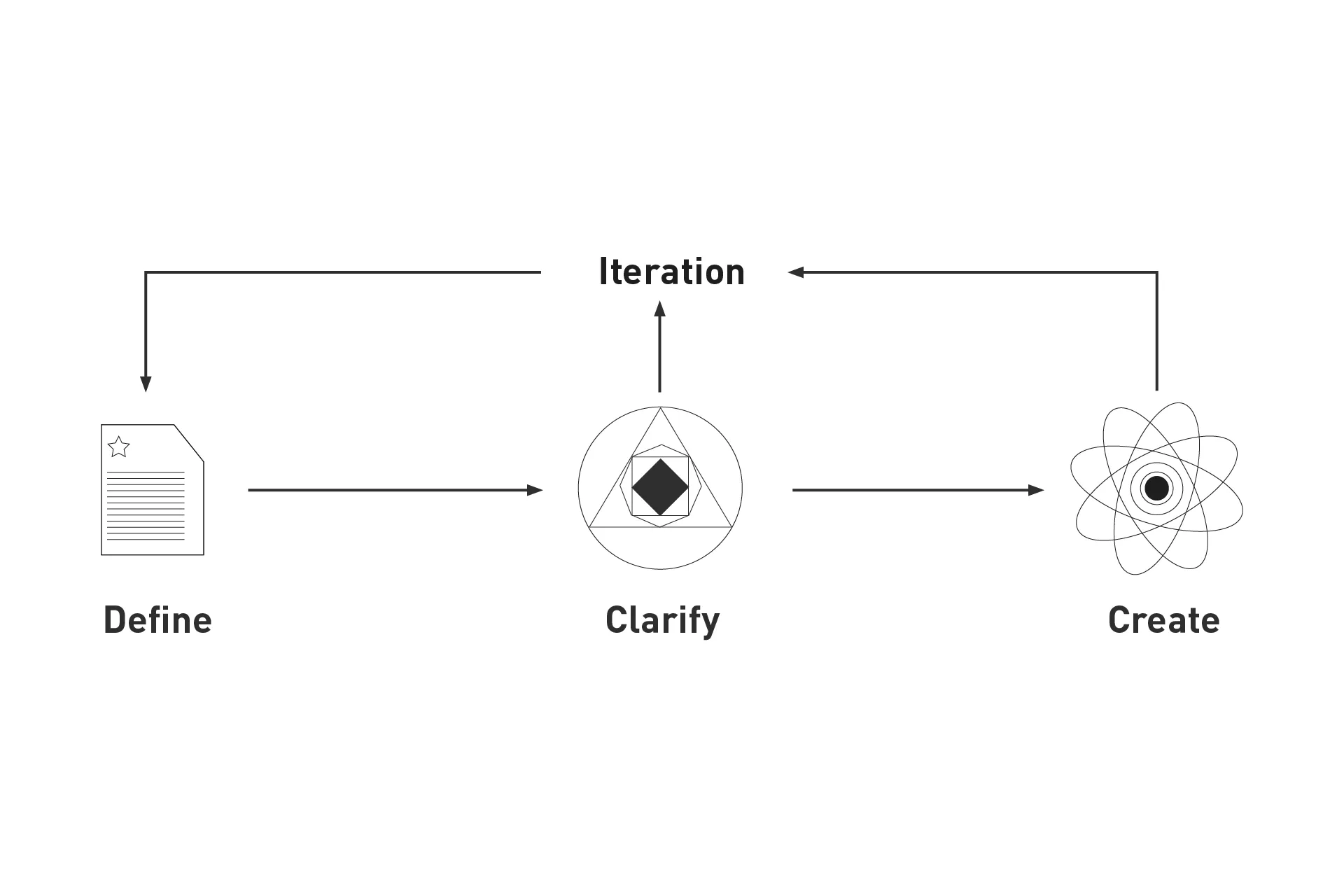
delasign's process
When creating Design principles, it is important to note that they are neither a start nor an end.
They should serve as a sound board to help you make thoughtful decisions as you generate meaningful, intentional and focused ideas that are valuable to the target audience and which result in a return on investment.
As you transform the lives of your users, they might change. This is what you're looking for and will mean that you will have to redo this process to produce a meaningful addition to your value proposition.
Looking to learn more about Research and Strategy?
Search our blog to find educational content on research and strategy.
